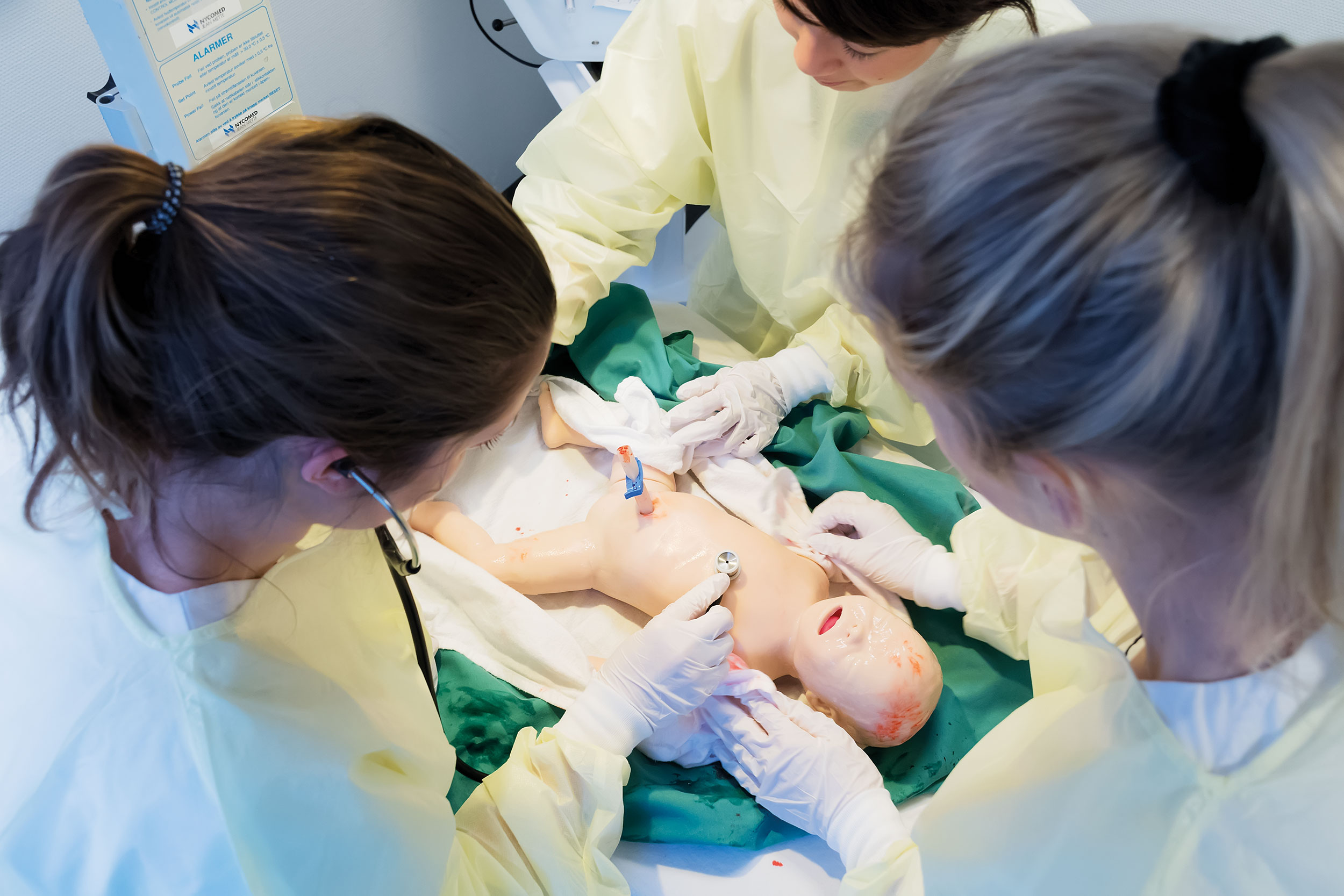A lot has changed in women's lifestyles in just a few generations. For example, compared with 30 years ago, women are now: getting married later1, having children later2, smoking less3, eating more poorly4, having more home births5, and have increasing rates of opioid abuse6.
With career transformations and shifting priorities, women’s health concerns have also changed. Each of these lifestyle decisions can impact the overall health of a woman, as well as the chances of a healthy pregnancy and giving birth to a healthy baby. For healthcare professionals, this means it is essential to have a keen understanding of the obstetric continuum of care – in other words, how the care a woman receives will affect both her and her baby long-term.
Given our focus on training in labor and delivery, we thought it worthwhile to share an overview of the state of women and pregnancy today. In this series of quick-read articles, we share how simulation can prepare your learners to:
- Consider age and prenatal care at the start of a labor and delivery scenario
- Consider women's health statistics as they prepare to mitigate risk during labor and delivery
- Become attuned to providing necessary postpartum care








